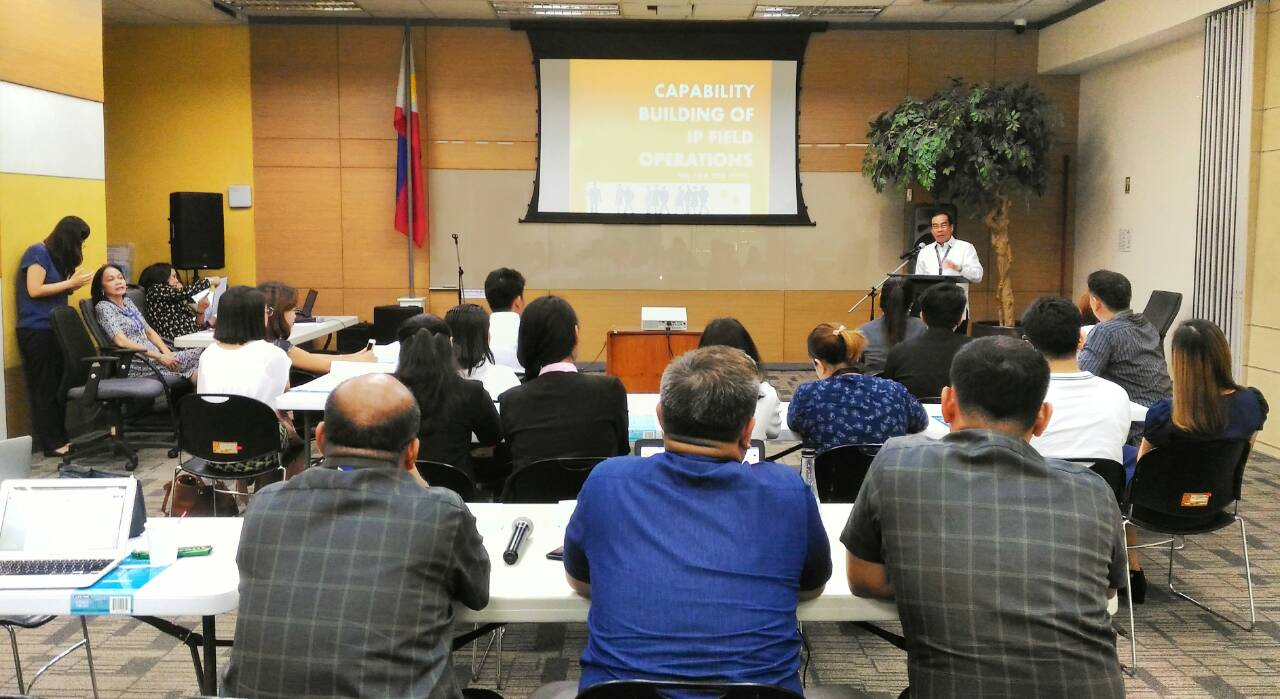IPOPHL targets to sustain double-digit growth of intellectual property filings from provinces in 2018
to build 2 more satellite offices in 2018
| 07 May 2018 |

The intellectual property Office of the Philippines (IPOPHL) is eyeing to sustain the 14 percent growth in intellectual property filings outside of Metro Manila, and will be setting up 2 more intellectual property satellite offices this May to this end.
In a capacity-building seminar for IP Satellite offices held this week, IPOPHL Deputy Director General Teodoro C. Pascua underlined the need to maintain the 14 % annual growth in IP filings from the countryside.
“The total IP filings from the provinces, in the period of 2013 to 2017 had been increasing with a notable 14 percent increase for the 5-year period. Sustaining this increase in filing of IP services is critical in order for IPOPHL to continuously promote intellectual property all across the country,” Deputy Director General Pascua said.
In 2013, the total IP filings from the regions and provinces were at 2,083, growing to 2,474 in 2014, then to 2,547 in 2015. in 2016, this number grew to 2,768, and to 3,439 in 2017.
IPOPHL Bureau of Trademarks Director Leny B. Raz said this has been result of IPOPHL’s gradual expansion of IP Satellite Offices (IPSO) in the last decade.
Trademark filings in 2008, when the IPSO program was launched, numbered to 100 to 200 a year; in 2017, these trademark filings have grown to 2,025 in 2017.
“We are setting up 2 more satellite offices this May, one in Zambales and another in Dumaguete,” Director Raz said.
There are currently 11 IPSOs: Cebu, Davao, Baguio, Pampanga, Legazpi, General Santos, Iloilo, Cagayan de Oro, Tuguegarao, Tacloban, and the NCR office.
Intellectual property filings received by IPOPHL encompasses trademarks, patents, copyright deposits, utility models, industrial designs, and layout of integrated circuits.
In the regions and provinces, however, the IP filings facilitated by IPSOs are comprised mostly by trademark, copyright, and patents.
On the total IP filings from the countryside in 2017, trademarks took 59 percent or 2,025; copyright deposits are 27 percent, or 933 filings, and patents at 481, or 14 percent.
Deputy Director General Pascua noted both educational institutions, particularly technical-vocational schools and businesses can be encouraged to register their intellectual property.
“Even in tech-voc education, where the training occurs, can be a breeding ground for creativity and innovation. In Malaysia, innovations in medical equipment are developed by students from technical-vocational institutions,” Deputy Director General Pascua noted.
Small businesses most often apply for trademarks for their product branding, while educational and research institutions, and individual inventors make use patents and utility models.



